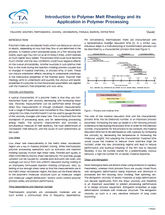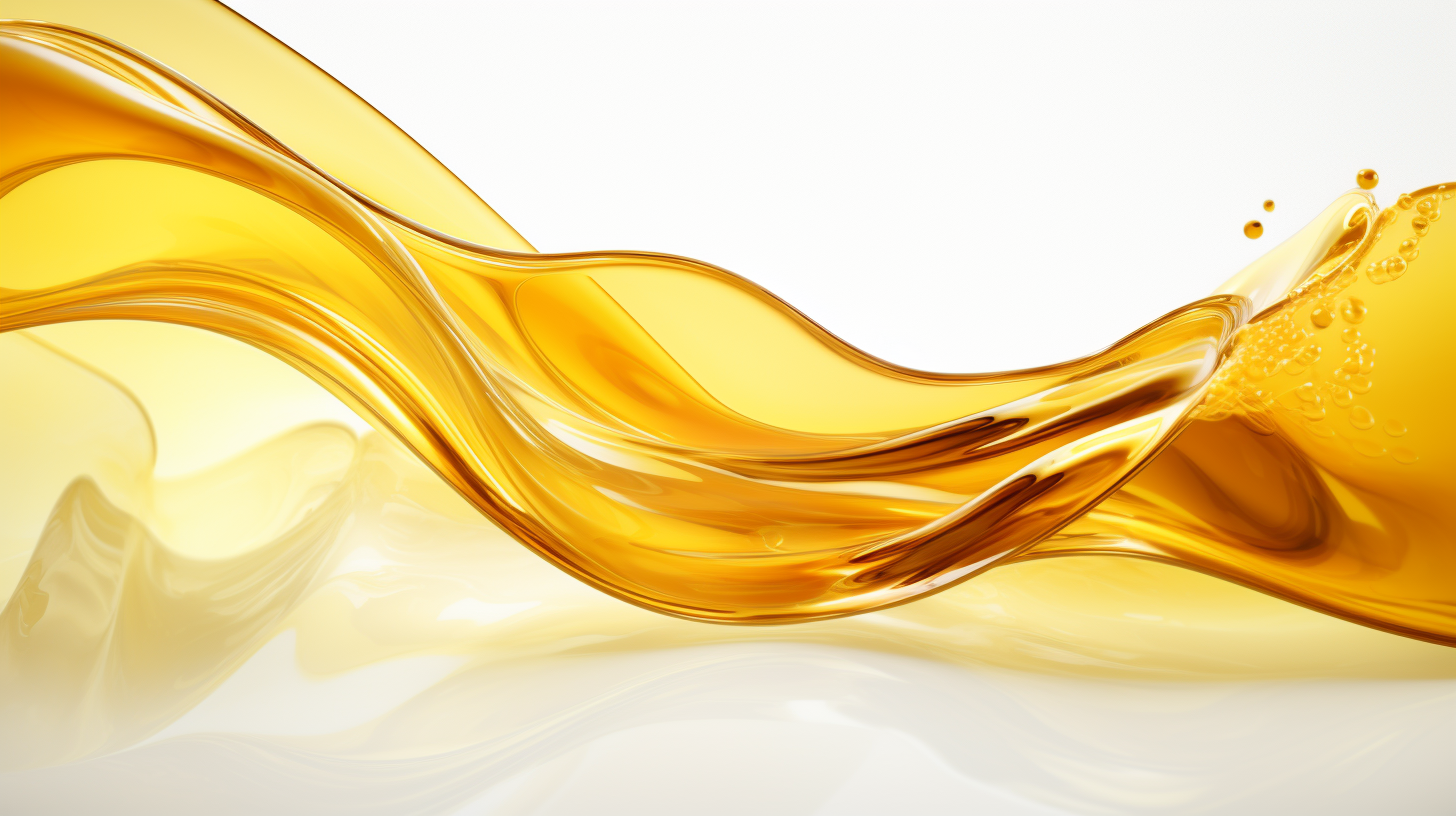Introduction to Polymer Melt Rheology and its Application in Polymer Processing
TA Instruments

Rheology of polymer melts and its use in polymer processing
Polymers melts are viscoelastic fluids which can behave as viscous or elastic, depending on how fast they flow or are deformed in the process. A material which processed easily on a film blowing line twenty years ago may not run at all on today’s lines, which operate at much higher draw speed. The process time could have become much shorter and the new conditions could have negative effects on the overall processibility. Another example is sub-optimal melt flow in the mold during the injection molding process caused due to changes in material chemistry, or process time, or both. These can induce orientation effects resulting in undesirable anisotropy in the mechanical properties of the finished parts. Polymer melt rheology aims to understand and quantify the viscous and elastic properties of a polymer so that the process parameters are aligned with the material’s melt properties and vice-versa.
Download white paper now

Introduction to Polymer Melt Rheology and its Application in Polymer Processing
Rheology of polymer melts and its use in polymer processing
See the theme worlds for related content
Topic world Rheology
Rheology deals with the flow behavior and deformation properties of materials. In the chemical field, it is indispensable for understanding the consistency, viscosity and elasticity of liquids, gels and solids. Whether formulating paints, producing polymers or optimizing food textures, rheological properties influence how substances react, move and feel.

Topic world Rheology
Rheology deals with the flow behavior and deformation properties of materials. In the chemical field, it is indispensable for understanding the consistency, viscosity and elasticity of liquids, gels and solids. Whether formulating paints, producing polymers or optimizing food textures, rheological properties influence how substances react, move and feel.